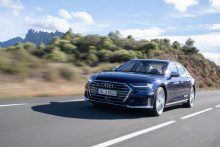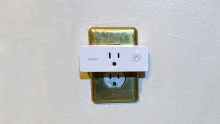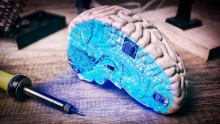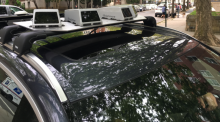Lidar sensors are about to become a mainstream car feature
Auto-parts maker Bosch is getting into the lidar business, the company said in a Thursday announcement. That's significant because Bosch is a "tier 1" supplier—one of the few companies with the scale and infrastructure to supply parts directly to global car makers.













































































